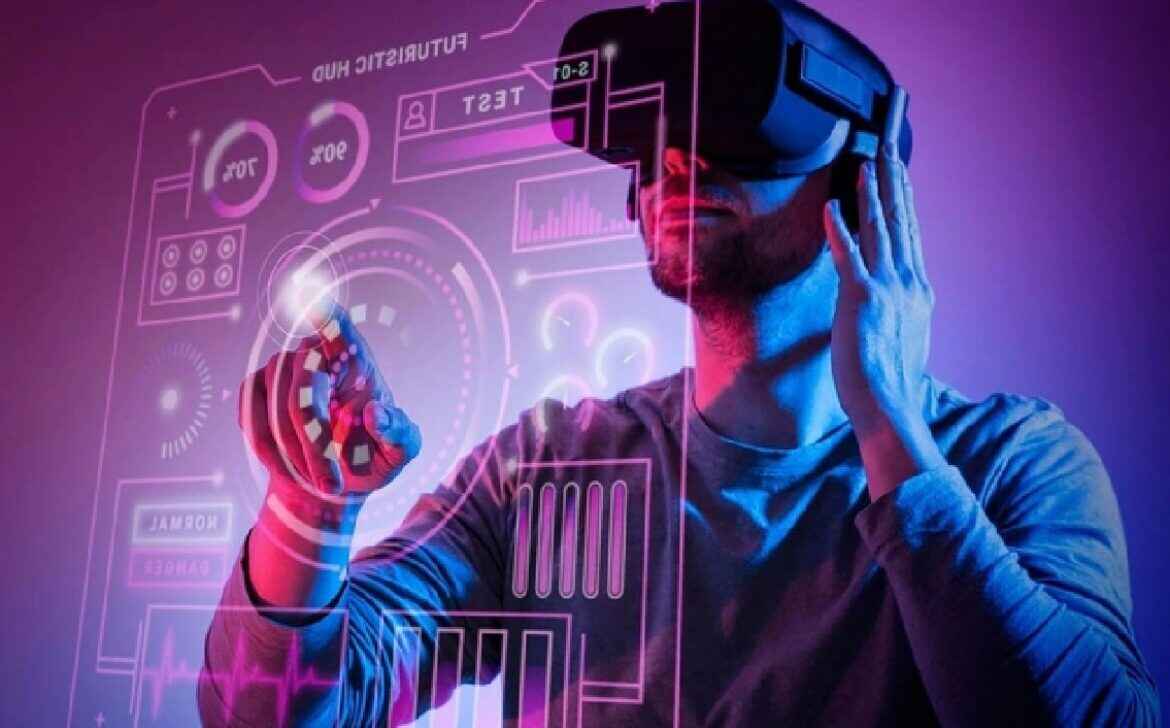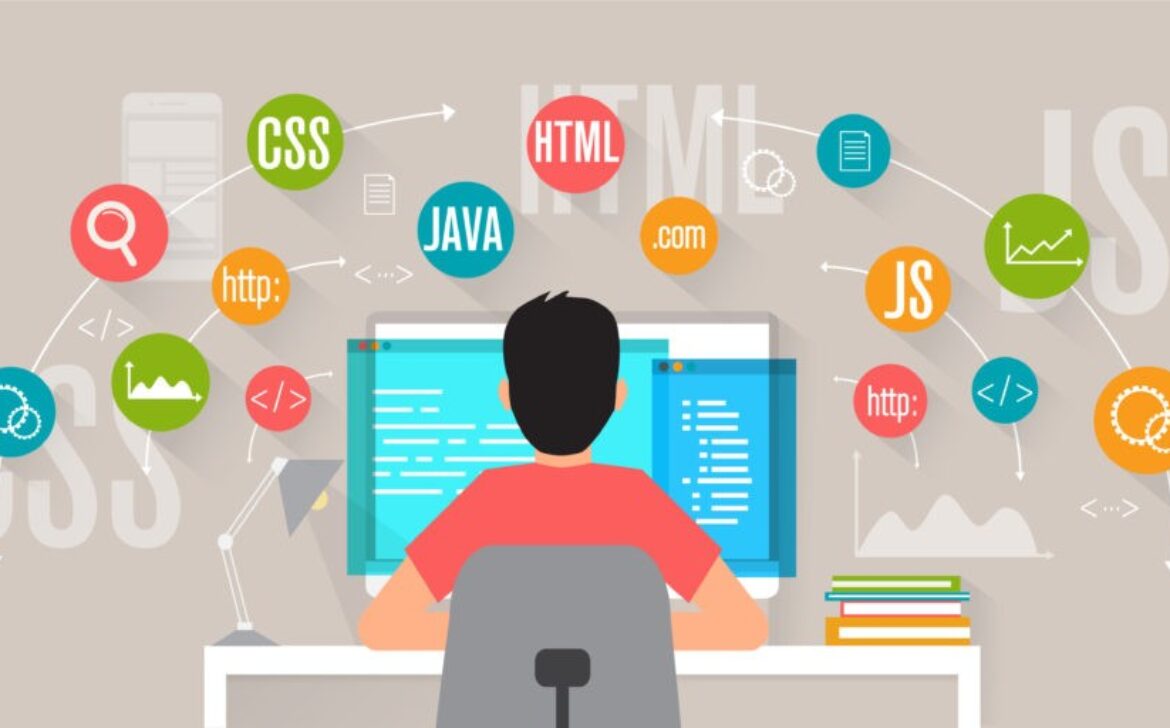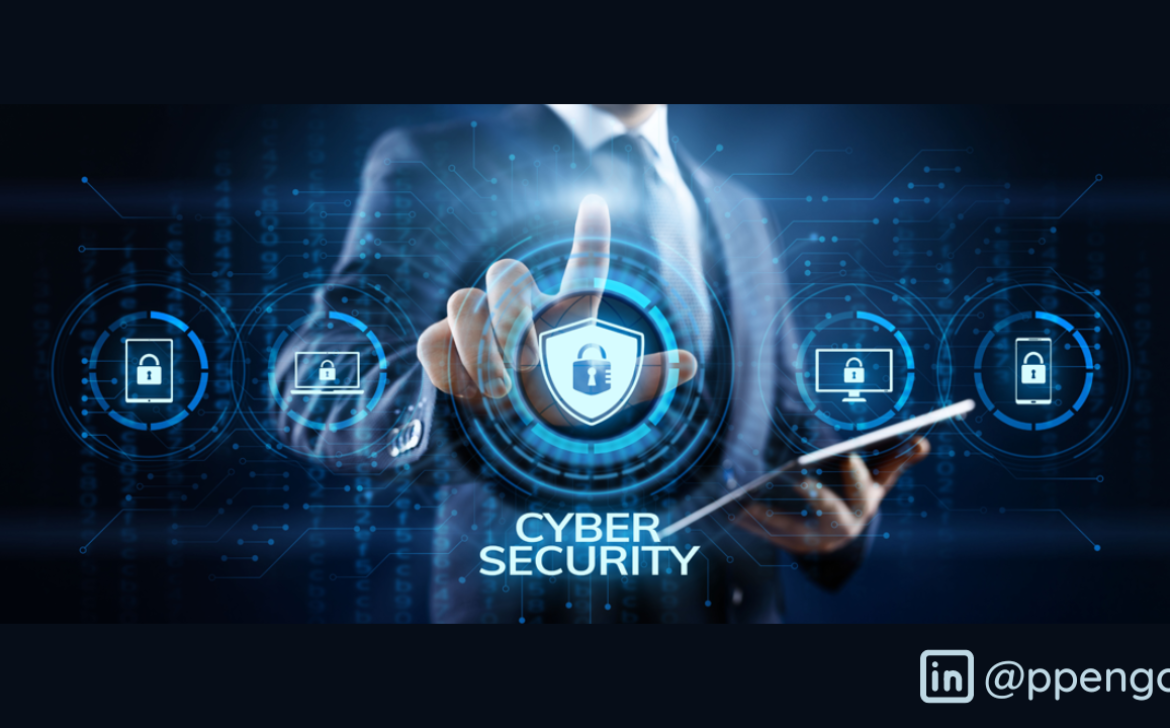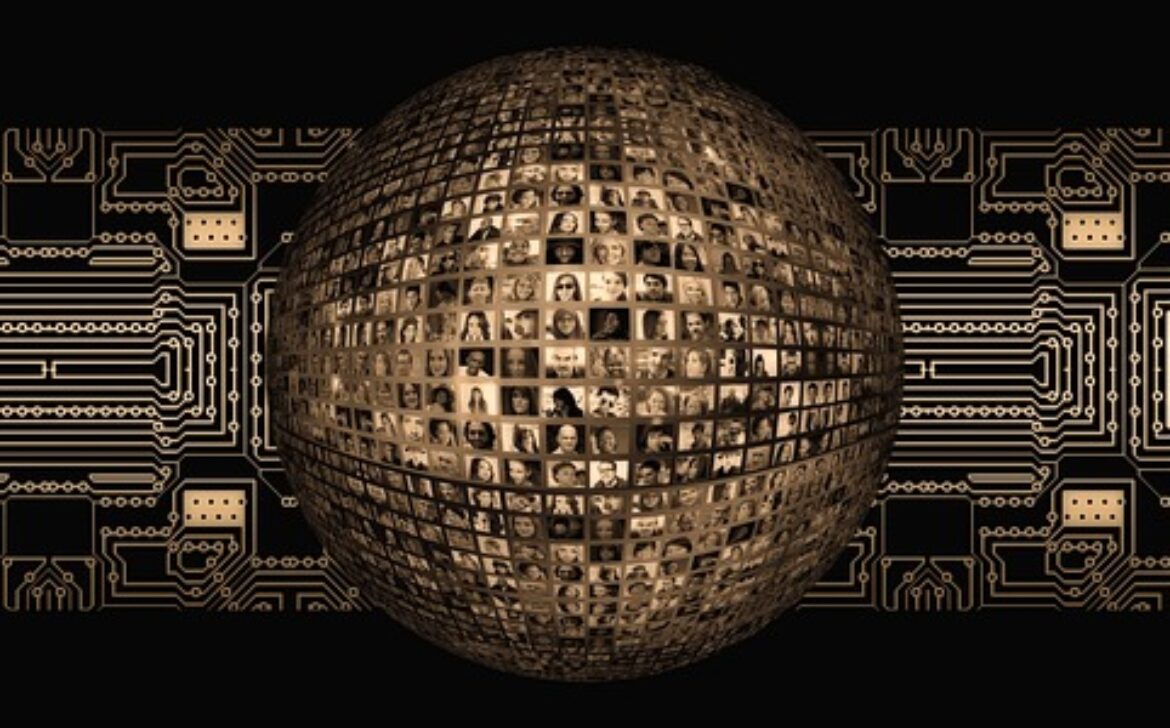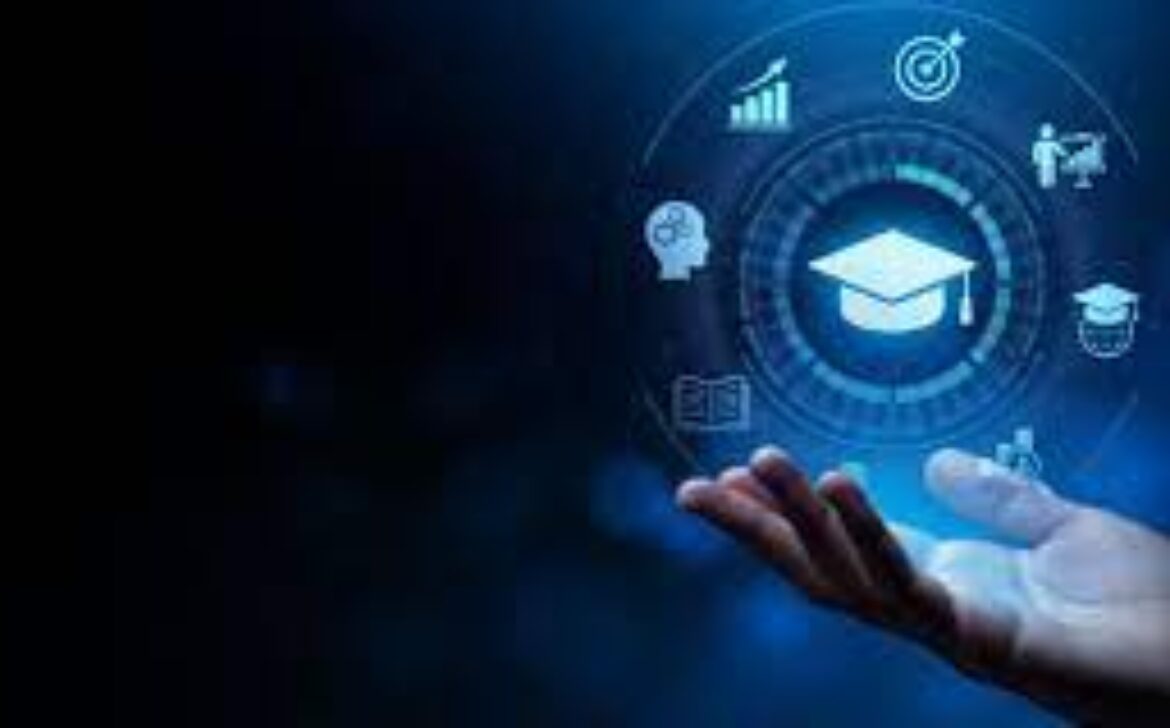Metaverse Unveiled: Paving the Way for a Virtual Reality Revolution
Step into a realm where reality and digital domains converge—the metaverse. This futuristic concept is reshaping our understanding of virtual reality and redefining the way we interact, socialize, and experience the digital world.
The Metaverse Unveiled:
- Virtual Reality Evolved: The metaverse is a collective virtual shared space, where digital and physical realities intertwine seamlessly.
- Persistent and Connected: Unlike single virtual environments, the metaverse connects various platforms, creating a persistent, interconnected digital universe.
Implications for Society:
- Revolutionizing Social Interaction: The metaverse fosters new ways to socialize, collaborate, and share experiences, transcending geographical barriers.
- Economic Ecosystems: Virtual economies, where users buy, sell, and trade digital assets, are emerging within the metaverse.
The Digital Identity Shift:
- Avatars and Self-Expression: Users create avatars that represent them in the metaverse, enabling creative self-expression.
- Blurring Boundaries: The metaverse challenges the boundaries between reality and virtuality, raising philosophical questions about identity.
Education and Entertainment:
- Virtual Classrooms: The metaverse transforms education with immersive virtual learning environments.
- Entertainment Spectacles: Concerts, events, and performances in the metaverse offer unique, shared experiences.
Ethical Considerations:
- Privacy Challenges: With persistent digital presence, safeguarding personal data and privacy becomes paramount.
- Digital Divide: Access to the metaverse could deepen the digital divide, raising equity concerns.
The Road Ahead:
- Technological Advancements: As AR and VR technologies evolve, the metaverse’s potential expands exponentially.
- Regulation and Governance: Crafting regulations to ensure ethical use and protect users’ rights will be essential.
Conclusion
The metaverse beckons us toward an exhilarating digital future. As it emerges, questions about identity, society, and ethics arise. With potential to revolutionize industries from gaming to education, the metaverse isn’t just a concept—it’s the evolution of virtual reality, poised to shape how we connect, learn, and experience our digital existence.

